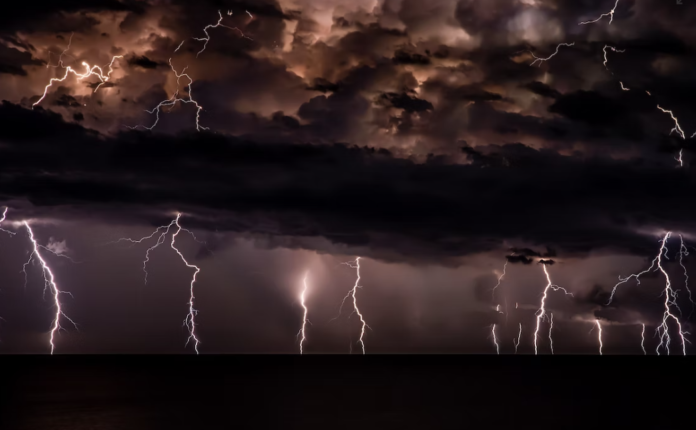As a building owner or manager, it’s important to regularly inspect your property for storm damage. High winds and flying debris can cause serious damage to roofs, windows, and siding. By performing regular inspections, you can identify and repair problems before they become expensive repairs. Here are some tips on how to inspect your building for storm damage.
Inspect Exterior
Before you begin any assessment of the damage due to recent storms, it is important to take a walk around your business and inspect the exterior for any obvious signs of damage. Look closely at anything that could have been affected by high winds or heavy rains, including checking any roofing materials like shingles, tiles, and metal, as well as windows, siding, and any other openings that could have been compromised. Take stock of what you can see, and if possible take pictures to document before making any commercial roofing repairs. This will help you take appropriate action in the event of filing an insurance claim.
Inspect Interior
Once you have completed your visual inspection of the building’s exterior, head inside and inspect for water damage. Look out for common signs of water infiltration such as leaks in ceilings or walls, visibly wet carpeting, or paint that has begun to peel off. Ensure that there is no visible evidence of an ongoing issue with water leaking into the premises, as it could lead to costly repairs down the line. Conduct a thorough check and pay close attention to any suspicious spots before dedicating further time to checking out other areas.
Take Pictures and Document
If you find yourself facing property damage, perhaps from a storm or other natural disaster, it’s important to take pictures and make sure you have filed a full report of the event. Pictures can really help when it comes to proving your insurance claim and proves that your damages are as a result of the event itself. Documenting everything will give you an exact timeline of events. Insurance companies want to know exactly what happened so they make sure they are meeting your needs with appropriate coverage. Taking the extra time to create comprehensive records of the events surrounding the damage is always wise in any situation.
Check for any Downed Trees or Power Lines
After a big storm, it’s important to check your home and property for possible damage that could have been caused by high winds or rain. Always be sure to watch out for any downed trees or power lines that may not be visible at first glance. It is especially important to stay away from these items and call the appropriate authorities if you think they could be dangerous. It is important to ensure your safety and the safety of those around you. Please remember that precautionary steps should always be taken after any severe weather event in order to make sure your home remains safe and secure!
Stay Safe and Prepared
Knowing how to check for storm damage before a storm hits can help you stay safe and be prepared. Make sure to inspect your home, car, and any other property each season for potential damages that may affect its structural integrity during a storm. Pay special attention to surfaces such as doors, windows, and walls. Regularly contact public works departments and/or local councils to ensure any water or erosion worries are addressed accordingly in the area you live in. Additionally, call a qualified roofing specialist immediately if you spot loose tiles, broken seals that cause leaks, or bad corrosion on metal roofs. Finally, it’s wise to store important documents such as licenses, customer/tenant information, and banking information in waterproof containers for safe keeping. Taking simple preventative steps can help protect both your property and yourself from possible danger and harm in case of inclement weather!
It’s important to know how to check your building for storm damage so you can be prepared in the event of a severe storm. By inspecting the exterior and interior of your business, you can identify any damage that may have occurred during a storm. Be sure to take pictures and document everything so you can file an insurance claim if necessary. Stay safe by also checking for downed trees or power lines near your property. Knowing how to check for storm damage before a storm hits can help you stay prepared and prevent further damage from occurring.















